5 of Europe’s Hottest Foodies Destinations to Hit Up
Cities in 5 European Nations Could Lead You to Become an Epicurean with Their Mouthwatering Food.
The finest culinary cities in Europe offer something for every taste, whether you favor fancy restaurants or street food.
While traditional foods like French and Italian food continue to have a special place in people’s hearts, there is a growing movement towards creativity and the creation of new recipes due to the different impacts of immigration.
Europe is a mixing pot of flavors, from Istanbul’s shawarma to Ibiza’s farm-to-fork experiences and Copenhagen’s ex-Noma chefs creating world-class pastries.

For those looking for unique dining experiences, Europe has a variety of possibilities, from Michelin-starred restaurants to hidden jewels in tiny Spanish coastal towns and Scottish seaside hamlets. Whether it’s the famed culinary scene of San Sebastian or the surprising joys of Lyon, the hungry tourist will always find something to gratify. So grab your belongings and get ready to lose yourself in the best of European cuisine, where each meal is a pleasure.
France
Each time it comes to delicious food, France is a nation that needs no introduction. Their rigorous laws, such as the appellation d’origine controlee (AOC), guarantee that particular foods and beverages can only originate from particular areas of the nation. They have perfected the art of haute cuisine.
Even UNESCO has acknowledged their food as a component of France’s intangible cultural heritage. Not to be overlooked is the film Ratatouille, which contributed to the validation of France’s status as a culinary haven.

But what actually distinguishes French food is its variety. There is something for everyone’s taste, from famous wines and cheeses to Brittany oysters and German-influenced Alsatian cuisine. With over 3,400 Michelin-starred restaurants, France is a leading exponent of European cuisine.
Even though the origins of French cuisine can be found in the Middle Ages, the modern form wasn’t introduced until the French Revolution. Marie-Antoine Careme, a well-known chef and pastry maker who is credited with creating “grande cuisine” and who supported simple, seasonal cuisine, played a significant role in its development.

With more than 1,000 varieties of cheese, pastries, sauces, meats, and cheeses are the fundamental ingredients of French cuisine today.
There are limitless dining options in Paris, France’s capital and possibly Europe’s cuisine capital. The city offers dining options ranging from three Michelin-starred restaurants to classic bistros for any budget. Remembering the famous boulangeries, where you shouldn’t miss their freshly baked pastries and bread.

While traditional French cuisine continues to dominate, the city’s culinary culture is expanding to include Asian, African, and Middle Eastern influences.
Lyon, frequently acclaimed as the foodie hub of France, is another city whose cuisine is not to be missed. This is where the “lightening up” of classic French dishes was attempted by the French nouvelle cuisine movement, spearheaded by famous chef Paul Bocuse.

Lyon is a food lover’s dream come true, with 16 Michelin-starred restaurants and classic bouchons serving delicious meals at affordable prices. Visit one of the city’s outdoor markets to sample regional specialties like salade Lyonnaise and Beaujolais nouveau wine.
Italy
Italy, widely regarded as the world’s favorite food, holds a prominent position in the culinary world. Its unique gastronomic legacy, steeped in historical traditions, distinguishes it in Europe. Throughout history, many different cultures have influenced Italian food, including the Romans, Greeks, Jews, Arabs, Byzantines, and Etruscans.
It’s fascinating to note that the tomato, a staple of Italian cuisine, first entered Italian kitchens in the 17th and 18th centuries, following excursions to the Americas. This adaptation and evolution represent the diversity of Italian food.

With 2,055 restaurants currently bearing the Michelin star, Italy is home to an astounding number of dining entities. Even while Italy has fewer Michelin-starred restaurants than France, its food scene is clearly flourishing.
The gastronomic tapestry of the country is influenced by its different areas, with the southern portion predominantly featuring Mediterranean cuisine. The main components are olive oil, capers, eggplant, tomatoes, peppers, and garlic. In the north, the main ingredients include potatoes, corn, rice, seafood, and cheese. Butter and olive oil are also frequently used in recipes.

No introduction to Italian cuisine would be complete without including pasta, a popular staple. From spaghetti and fettuccini to lasagna, penne, and linguine, the choice of pasta options is impressive.
Each region has its own distinct pasta shapes and sauces, such as the famous Bolognese, Neapolitan, and pesto. Pasta has become a globally recognized emblem of Italian food, delighting palates everywhere.
Coffee culture is profoundly embedded in Italy, the birthplace of espresso. Dining is considered a social activity in Italy, and an espresso is traditionally served at the end of a meal. According to Eurostat data, Italians spend an average of nearly two hours per meal, underscoring the importance of dining in their society.
While lots of Italian cities contribute to the country’s culinary legacy, Bologna, the capital of Emilia-Romagna, signifies out.

Bologna’s culinary tradition has left an unmistakable influence on our understanding of Italian cuisine. Parmigiano-Reggiano cheese, prosciutto di Parma, balsamic vinegar, and mortadella are a few of the more than 40 Denominazione Origine Protetta (DOP) products that are protected in the region.
Tortellini, tagliatelle, and the famous meat ragu are trademark dishes in Bolognese cuisine. Seeing Bologna’s historic restaurants in the Centro Storico or the more varied offerings in the University District is a gourmet joy. Also, a visit to Eataly FICO, the world’s first food theme park, located on the outskirts of the city, is required.
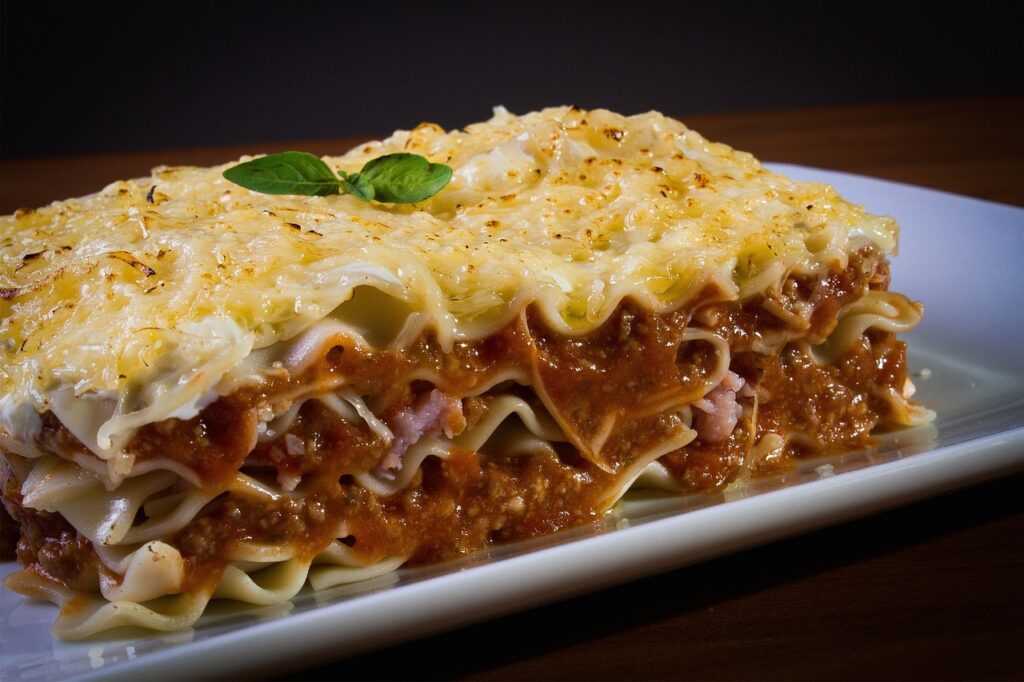
While Naples, Venice, and Rome all compete for the title of “Italy’s food capital,” Bologna’s culinary expertise is frequently chosen as the consensus option. Bologna, located in the Emilia-Romagna area, is famed for its lush Po River Valley and offers great local products.
The region’s gastronomic riches include aged Parmesan cheese, mortadella sausage, Balsamico di Modena vinegar, and Lambrusco wines. This region is where classic Italian cuisine such as Bolognese sauce, tortellini, and tagliatelle al ragu originated.
Bologna has a wealth of dining alternatives, including historic restaurants in the Centro Storico and more diverse choices in the University District.

South Tyrol, hidden in the northern highlands, has a special culinary culture. This region, distinguished by its rural traditions and commitment to sustainability, differs from the rest of Italy.
Locals frequently speak a separate language, and the villages promote environmentally responsible practices. South Tyrol leads in energy-efficient homes, and its hotels rely largely on renewable energy sources. Restaurants in the area have long championed locally sourced, seasonal meals, and the biodynamic, low-intervention wines cultivated in the mountains demonstrate this commitment.

Whether you’re relishing in beef belly with a smoked hay glaze at Alpinn or savoring a completely foraged cuisine at Gostner Schwaige, South Tyrol has great culinary offers.
Naples, with its busy streets and faded architecture, emanates a certain energy that distinguishes it from Milan and Venice. Naples, known as the culinary capital of Italy, has a more accessible and democratic food scene.
The city’s cuisine is renowned for its purity, simplicity, and affordability. Surprisingly, Naples features more Michelin stars than its more prestigious counterparts. Veritas, a one-star restaurant, serves passionate spaghetti with anchovies and butter.

L’Altro Coco Loco, which focuses on seafood, receives Michelin stars for its sashimi and lobster linguine. Of course, Naples is renowned for the world’s best pizzas, so trying them at numerous pizzerias is an essential part of any culinary adventure in the city.
Venice, a city renowned for its graceful architecture and canals, offers incredible eating experiences as well. Venetian cuisine is greatly influenced by its marine environment, with a variety of seafood and fish dishes.

Rice and peas, sour and sweet sardines, and fegato alla veneziana (liver prepared in the Venetian style) are examples of traditional foods. Cicchetti, small plates of excellent bite-sized nibbles, are popular in Venice and are traditionally served with a glass of local wine at the city’s multiple bacari (wine bars).
Rome, the eternal city, has a gastronomic culture that dates back thousands of years. Roman cuisine is known for its simplicity and emphasis on high-quality ingredients.

Pasta carbonara, cacio e pepe (pasta with cheese and pepper), and amatriciana (pasta with tomato and pancetta) are all traditional Roman recipes. Rome’s culinary landscape includes popular street foods such as suppli (rice balls), pizza al taglio (sliced pizza), and trapizzino (pocket of pizza dough filled with delicious contents).
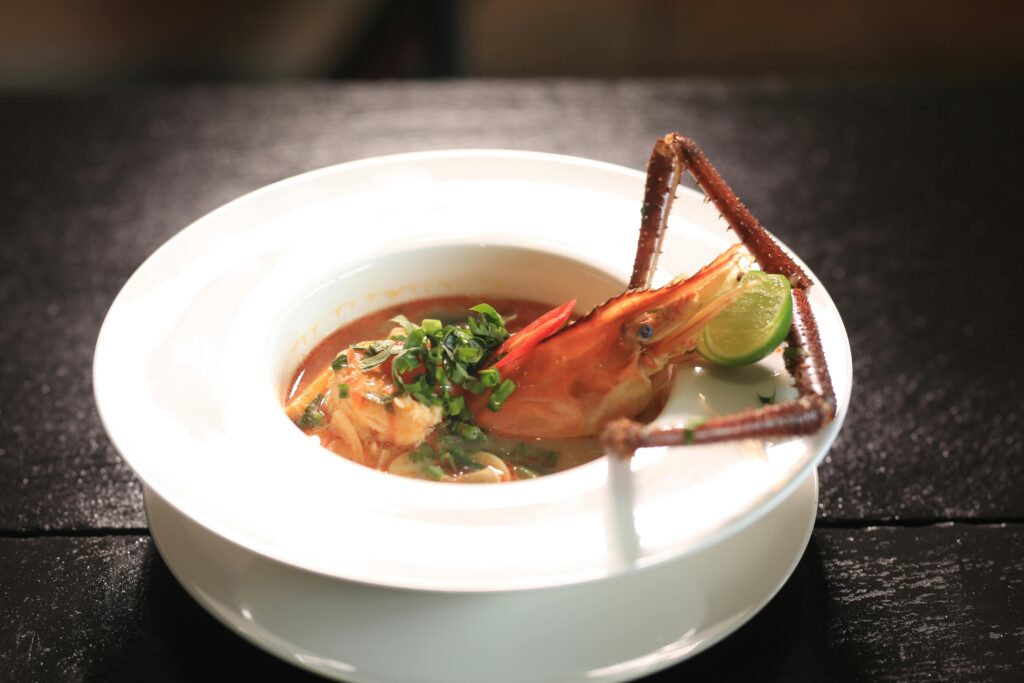
These are just a few examples of Italy’s endless and flourishing gastronomic scenario. Each region has its own unique specialties, ingredients, and culinary traditions, making Italy a foodie’s paradise. Whether you’re savoring a piece of pasta in Bologna, indulging in a Neapolitan pizza in Naples, or experiencing the seafood delights of Venice, Italy has an unending array of culinary delicacies that continue to capture and enchant visitors from every corner of the world.
Spain
Spanish cuisine is a fusion of flavors and influences, combining ancient Mediterranean traditions with a diverse range of culinary styles.
Spain provides a unique gourmet experience, with world-famous delicacies such as paella, tapas, tortillas, and empanadas, as well as an astounding number of Michelin-starred restaurants. Spain has over 1,300 Michelin-starred restaurants, making it one of the countries with the most culinary institutions recognized for quality.

For those interested in great dining, knowing about countries with Michelin-starred restaurants is an absolute must.
The Americas provided a large number of staples used in Spanish cooking, such as chocolate, vanilla, bell peppers, red peppers, potatoes, corn, and tomatoes. However, these ingredients were not fully incorporated into Spanish cooking traditions until the 18th century.
The present understanding of Spanish cuisine was molded by the efforts of impassioned gourmets and authors in the late nineteenth and early twentieth century, which gradually shifted away from the heavy French influence that once dominated.

Olive oil takes center stage in Spanish cuisine, appearing in practically every dish and sauce. Garlic is another popular ingredient that lends depth and flavor to many Spanish dishes.
When it comes to herbs, parsley, thyme, and rosemary are popular alternatives for making aromatic sauces. Meat eating is widespread in Spain, with the most popular proteins being chicken, hog, lamb, and beef.
The 17 culinary regions that makeup Spain’s gastronomic landscape each have distinctive features and specialties of their own.

Catalonia, Basque Country, Valencia, and Galicia are notable locations where the climate, topography, native ingredients, and culinary techniques define the distinct flavors of their own cuisines.
Spanish cuisine strikes an ideal combination between price and satisfaction, complexity and simplicity. Jamon Iberico, a true art form of cured pork manufacturing, is one of the country’s culinary highlights. The buttery and delicious slices of jamon iberico demonstrate the attention to detail and appreciation for the product.
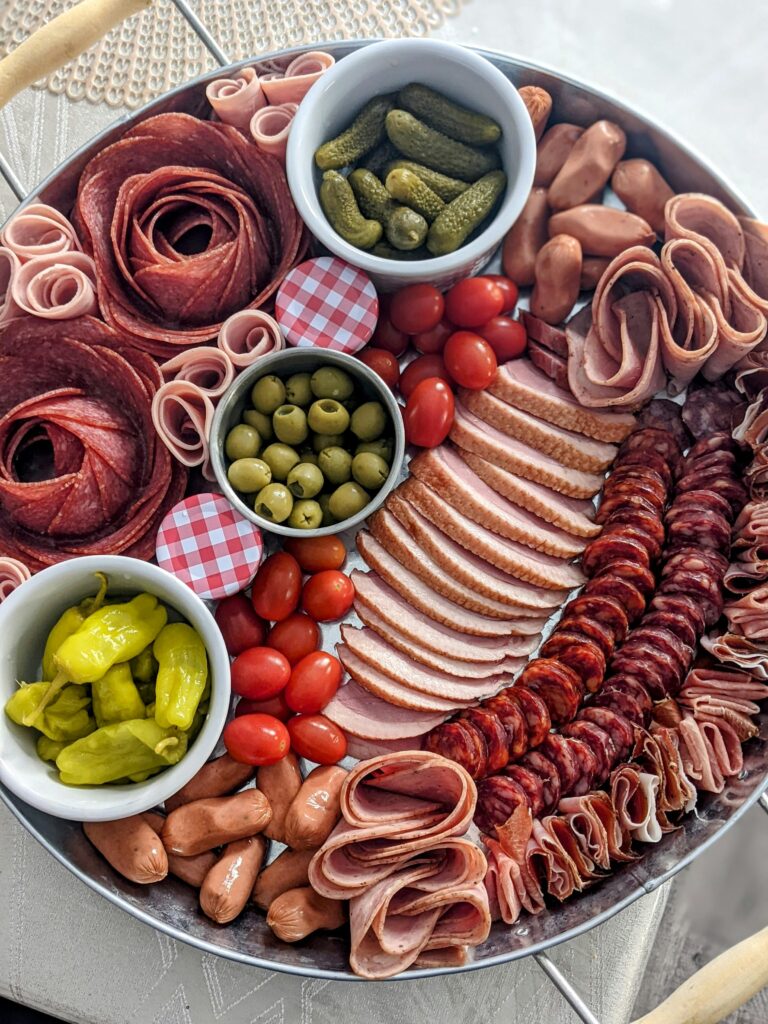
Other gastronomic delights include briny olives, small and light ham croquettes, and the classic Spanish tortilla—a simple but full omelet prepared with onions, potatoes, and eggs. Spaniards have perfected the skill of combining influences from many areas and time eras, resulting in a uniquely Spanish culinary experience.
Seville is an ideal destination for individuals who want to graze all day rather than eat hefty meals. Seville’s eating culture relies on planning your day around food rather than relying on typical three-square meals.

Regional specialties include Andalusian gazpacho, fried seafood, and sherry. Exploring the city with tapas at various places throughout the day allows guests to sample a diverse range of eateries and cuisines. El Rinconcillo, Seville’s oldest tapas bar, has a vintage setting complete with tiles, cured hanging hams, and walls stacked with bottles—an authentic favorite among both locals and visitors.

Galicia, frequently overshadowed by other Spanish attractions, is a hidden gem for foodies. This coastal region has a few estuaries shielded by isles, which are known for their vineyards and seafood.
North West Iberia Wine Tours offer a wonderful opportunity to visit the region’s finest vineyards, while farmsteads and wine bars serve delectable tapas such as oysters, seaweed, and sardines.

While Ibiza is well-known for its bustling nightlife, the island’s cuisine scene has undergone significant change. The island’s rural roots and agricultural traditions are represented in traditional restaurants like Es Ventall and Aubergine. Colorful salads, fresh pasta topped with locally sourced buffalo ricotta, and vegan treats are served on rustic, shady patios.

Farmsteads like La Granja, a 300-year-old cottage hidden in a 24-acre plantation, provide a laid-back atmosphere where guests may sip handcrafted kombucha while overlooking farmland and communal suppers on the grounds.
Barcelona, the capital of Catalonia, is known for its iconic landmarks, including works by Picasso and Gaudí, as well as its dynamic culinary culture. Catalan cuisine takes center stage in Barcelona, with delicacies such as pa amb tomàquet, escalivada, and botifarra appearing often on menus.

Seafood treats like fish stew and fideuà provide a feeling of the Mediterranean. The city’s famous markets, like as La Boqueria and Santa Caterina Market, offer the opportunity to enjoy the bustling environment while indulging in fresh vegetables, seafood, cured meats, and cheeses. The large concentration of Michelin-starred restaurants in San Sebastian makes it a culinary paradise.

However, the Basque form of tapas known as pintxos genuinely defines the city’s cuisine. Each bite-sized piece on a stick delivers a rush of flavor. It is typical to hop from one pintxos setting to the next, enjoying the many variations on offer. Gilda (an olive, pepper, and anchovy skewer), txalupa (a little boat-shaped pastry packed with seafood), and bacalao al pil-pil (codfish in a garlic and olive oil sauce) are some of the must-try pintxos.

Quite simply, Spanish food is an artwork of flavors that reflect a long history and different regional customs. Spain’s bustling tapas culture in towns like Barcelona and San Sebastian, as well as the seaside delights of Galicia and the rustic beauty of Ibiza, provide a culinary trip to please the senses.
Whether you dine at Michelin-starred restaurants or savor simple yet wonderful traditional meals, Spanish cuisine is sure to create an impact.
Greece
Greek cuisine is a treasure trove of tastes and ingredients that are sometimes overlooked. Greek cuisine includes many kinds of gastronomic delights, from yummy meze platters with feta, olives, and baklava to scented olive oil and honey.
Interestingly, Greece and Turkey both claim some of the same foods, providing a fun aspect of culinary competition between the two countries. Turkish and Greek individuals have been known to engage in heated gastronomic arguments, highlighting the shared influences and regional variations in their cuisines.

Greek cooking is a masterful fusion of Turkish, Italian, Balkan, and West Asian culinary traditions with the flavors of the Mediterranean.
Greek food is a rich tapestry of flavors, containing traces of ancient Greek and Byzantine cooking traditions. Herbs like thyme, mint, garlic, dill, and bay leaf are used liberally, with olive oil taking center stage. Meats such as cattle, hog, chicken, lamb, rabbit, and goat are common, as are fish and shellfish in coastal areas.

The key ingredients are vegetables, which are frequently featured in the well-known Greek appetizers known as mezes or orektika. These include tomatoes, eggplant, potatoes, green beans, okra, green peppers, and onions.

Athens is the heart of Greek culinary arts. The city has the majority of the country’s Michelin-starred restaurants, making it a gastronomic hotspot. Greeks, like the French and Italians, enjoy sitting down to eat and appreciating their food.
In fact, according to Eurostat data, Greeks spend an average of 2 hours and 13 minutes each day dining, the highest of the five European countries surveyed.
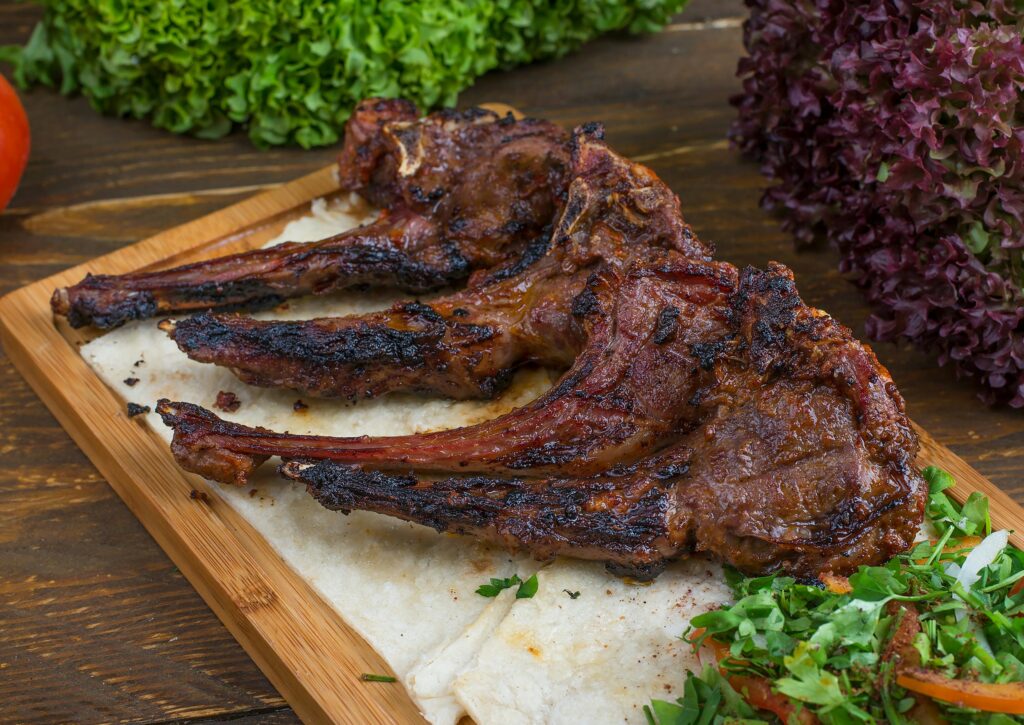
Apart from its historic ruins and rich history, Athens is known for its great cuisine and culture. Greek cuisine is renowned around the world for its emphasis on fresh ingredients obtained from a plentiful natural larder.
Meals at traditional tavernas frequently start with a variety of meze starters, such as Greek salads, tangy feta goat’s cheese, sauteed zucchini, and herby pumpkin balls. These are followed by delectable meat dishes such as lamb chops, hog cutlets, or steak, and finished with a refreshing plate of fresh fruit to cleanse the palate.

Greek food is known for its richness, freshness, and simplicity, but within the past 20 years, there has been a developing Modern Greek trend. Leading the way in Athens’ culinary landscape are chefs like Andreas Lagos at Cherchez La Femme and Thanos Feskos and George Papazacharias at Delta, who take classic dishes and give them new twists and deconstructions.

If you’re looking for more traditional options, there are several hidden jewels in the region, such as Vlachika in Vari or Biftekoupoli (Meatball Town) in Glyfada, which are well-known for their wonderful grill tavernas and cozy environment.
You may also get a flavor of island life by visiting the port of Piraeus, which is dotted with charming seafood eateries along Mikrolimano Bay.
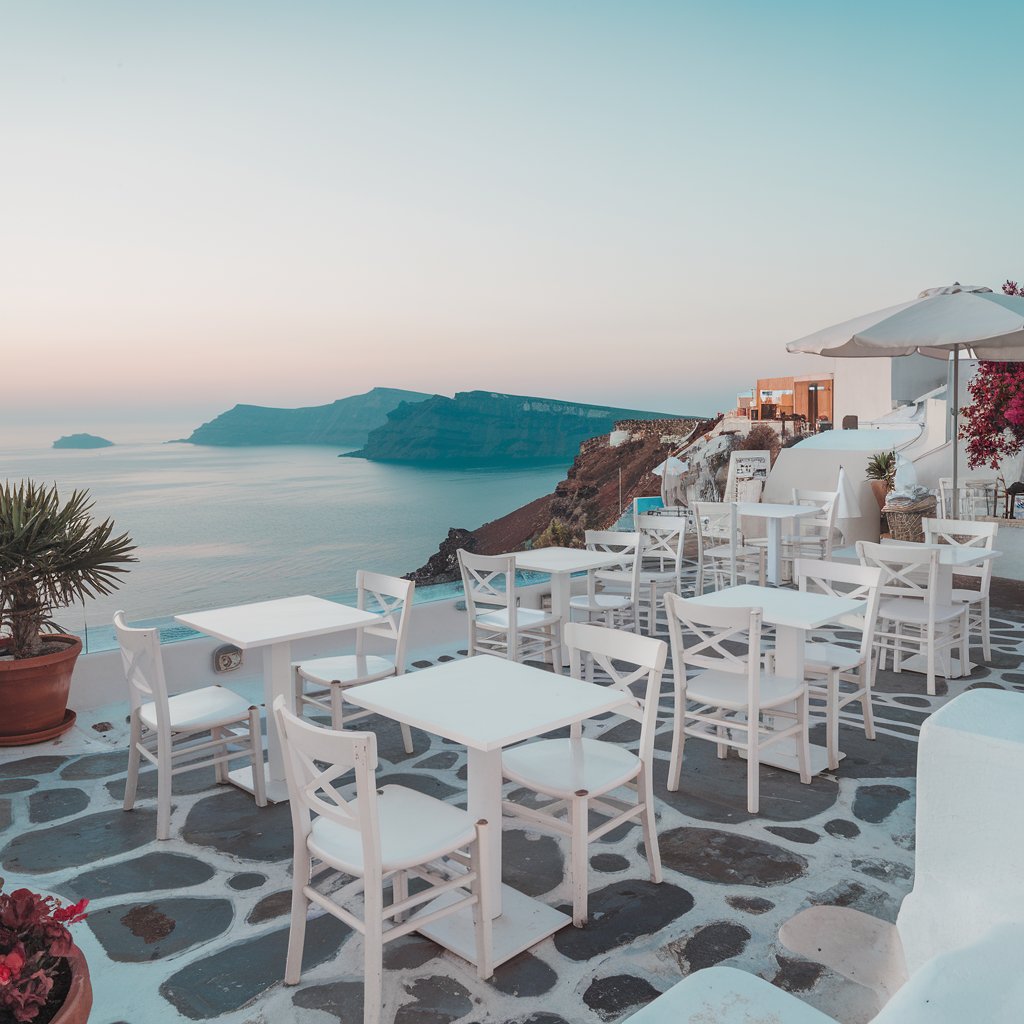
Traveling to Athens is incomplete without experiencing its bustling street markets. Almost every neighborhood has a weekly market, however the days vary by area. The downtown Central Market is especially appealing, with its scented spice-filled kiosks and spectacular meat market, beckoning tourists to take a stroll and satisfy their taste buds.
Denmark
Denmark, which was the birthplace of the New Nordic Cuisine trend, has made a substantial contribution to global gastronomy. This culinary movement has brought many types of classic Danish cuisine to trendy areas around the United States, complete with fixie bikes and people wearing slim-fitting chambray work shirts.

Denmark’s influence has led to increased popularity of rodgrod (thickened stewed fruit), sodsuppe (fruit soup), and smorrebrod (open-faced sandwiches).
Copenhagen has become one of Europe’s most popular gastronomic destinations in recent years, drawing travelers from all over the world. The cuisine in the city has changed dramatically in tandem with its increasing appeal.

Copenhagen is well known for being a foodie’s paradise, in part because of its internationally famed restaurant Noma.
Noma has received widespread praise since opening in 2003 and has been featured on the esteemed World’s Best Restaurants List several times. René Redzepi, the chef-founder, opened Noma in 2010 and attained extraordinary success at a young age. Still, Copenhagen’s food culture goes far beyond Noma’s impressive accomplishments.

This transition has been greatly aided by the emergence of New Nordic cuisine, of which Noma has been at the forefront thanks to her magnificent tasting menus that highlight the use of premium, locally produced ingredients. Copenhagen has a lot of options for upscale dining, but it also has a lot of casual restaurants and street food stands, so there’s always something to eat.

Notably, Noma, regarded as one of the world’s best restaurants, has led this culinary revolution, along with a slew of other Michelin-starred venues. Also, Denmark gave us Mikkeller, a well-known beer producer, and it promoted hot dogs throughout the Nordic region.
Former Noma chefs have gone on to open their own exceptional restaurants, significantly expanding the city’s culinary ecosystem. Even breakfast eateries in Copenhagen are run by chefs with outstanding resumes.

Mirabelle, the laid-back all-day sibling of the now-closed Michelin-starred Relae, entices customers with superb dishes, including sourdough croissants, in the city’s trendiest areas. Notably, Geranium, a fine-dining restaurant housed within a football stadium, ranked first on the World’s 50 Best Restaurants in 2022, demonstrating Copenhagen’s unwavering commitment to culinary creativity and high-quality cuisine.
The Meatpacking District in Kodbyen is a great place to begin visiting Copenhagen’s multiple gastronomic choices.

Trendy restaurants, pubs, and food markets all come together to create a lively and energetic ambiance. Vesterbro and Norrebro, recognized for their cosmopolitan flair, provide a variety of culinary delights, including hip cafes and comforting bistros. If you only have a short amount of time in Copenhagen, make sure to visit Torvehallerne, the lively central market.

This dynamic hub provides an array of foodie delights, including the famous smorrebrod, open sandwiches that resemble works of art, and kanelsnegle, a wonderful cinnamon bun usually found in the city’s bakeries.

Traveling in Europe requires a good amount of time. You cannot avoid the beauty of every country and every city. And if you are a foodie, you will regret planning such a short trip. However, we understand that we live busy lives, so if you don’t have enough time or you are visiting Europe for a short trip, I strongly recommend visiting at least these 5 regional food cities.


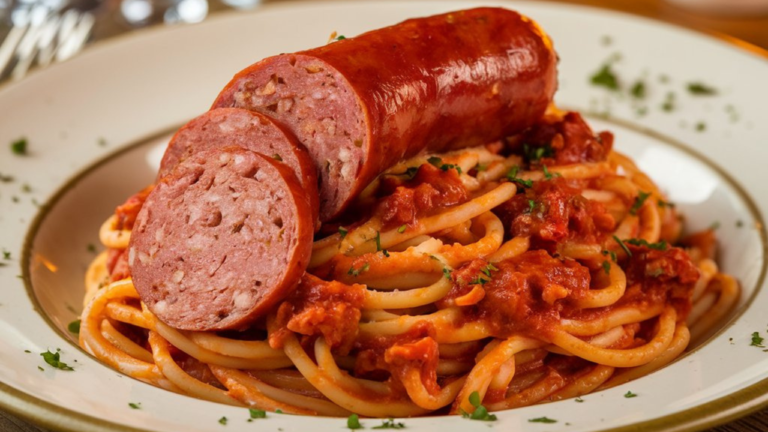
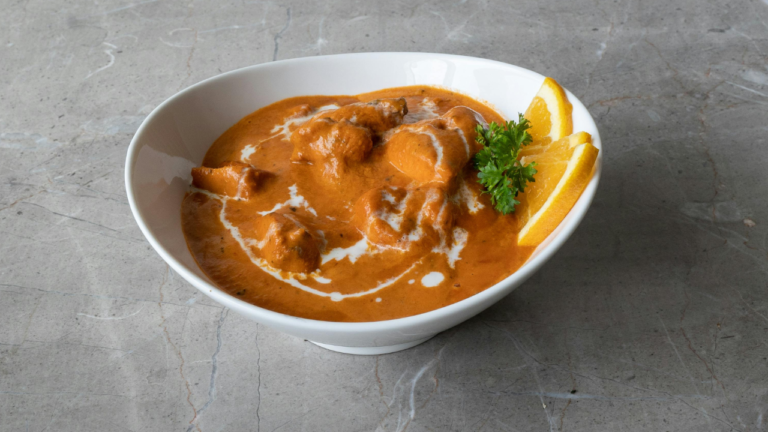

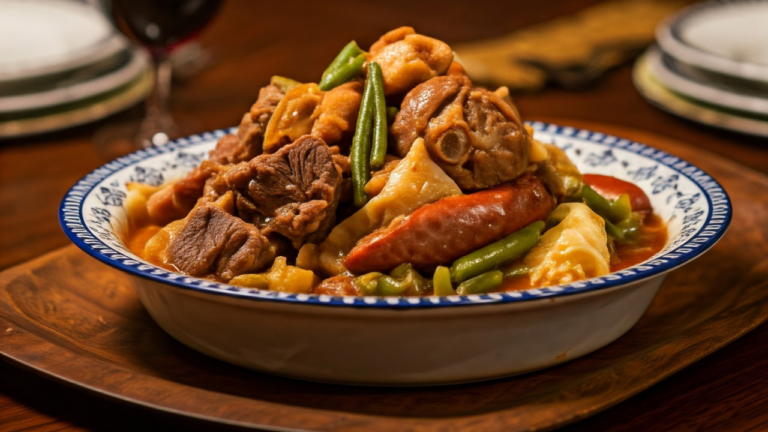
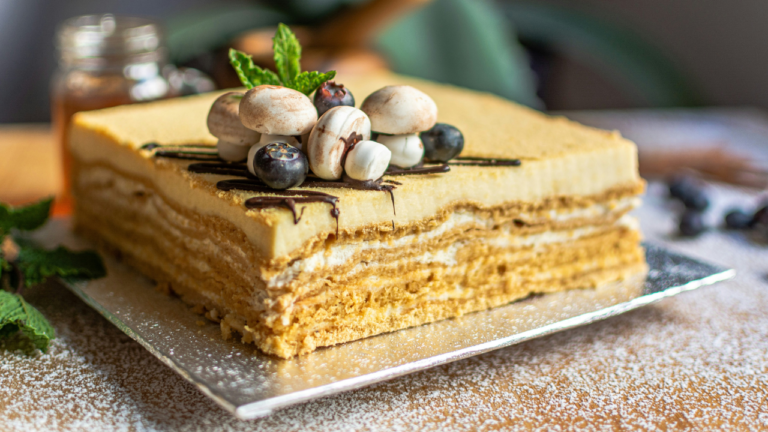

One Comment